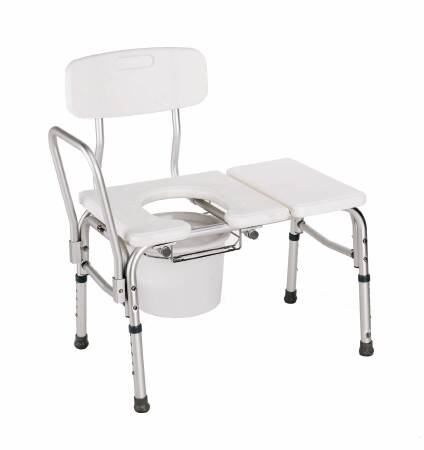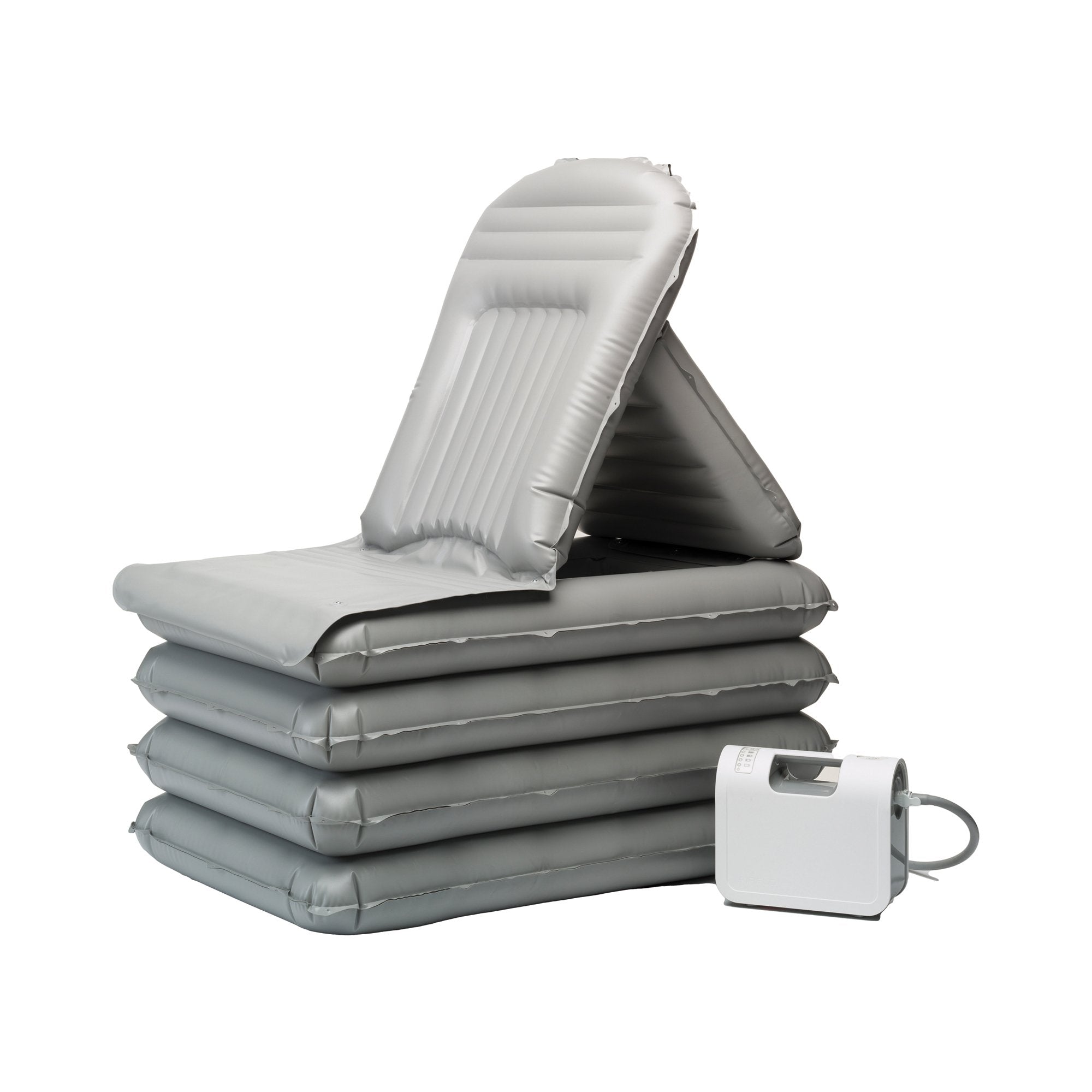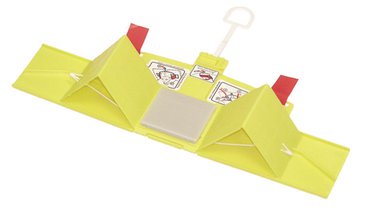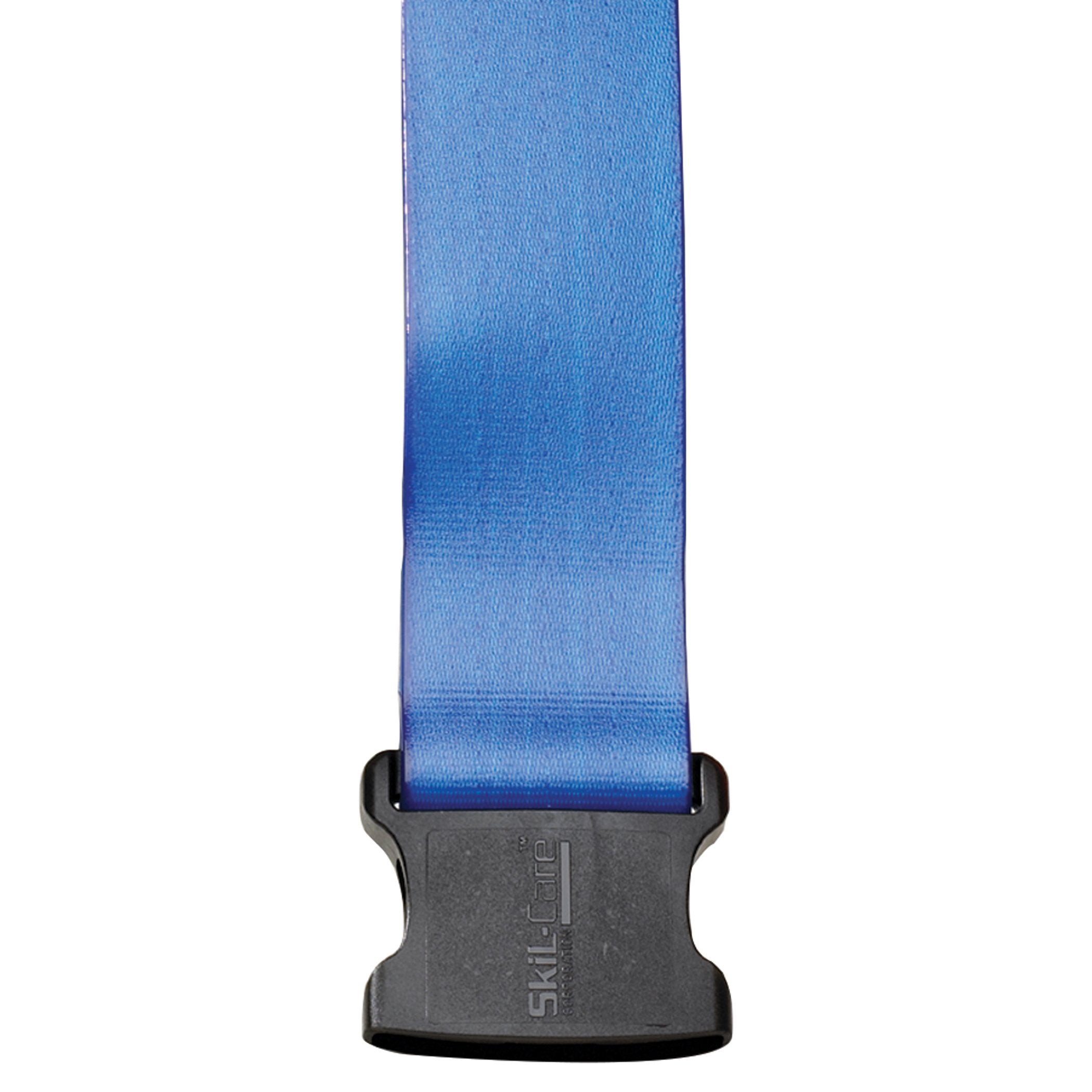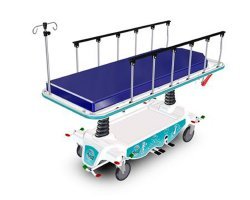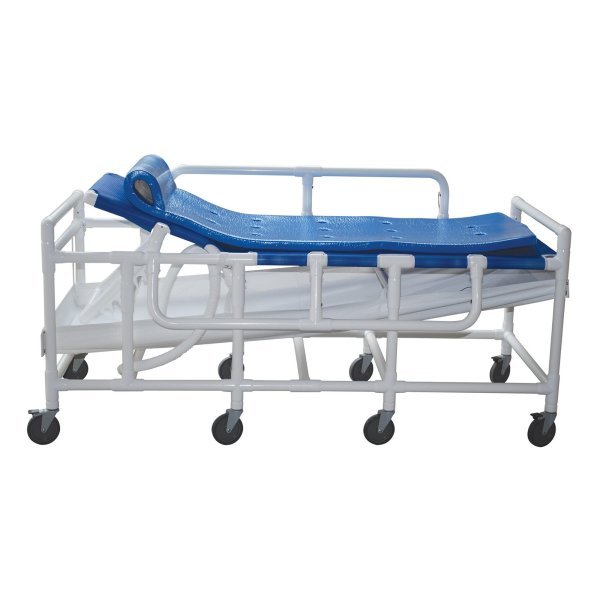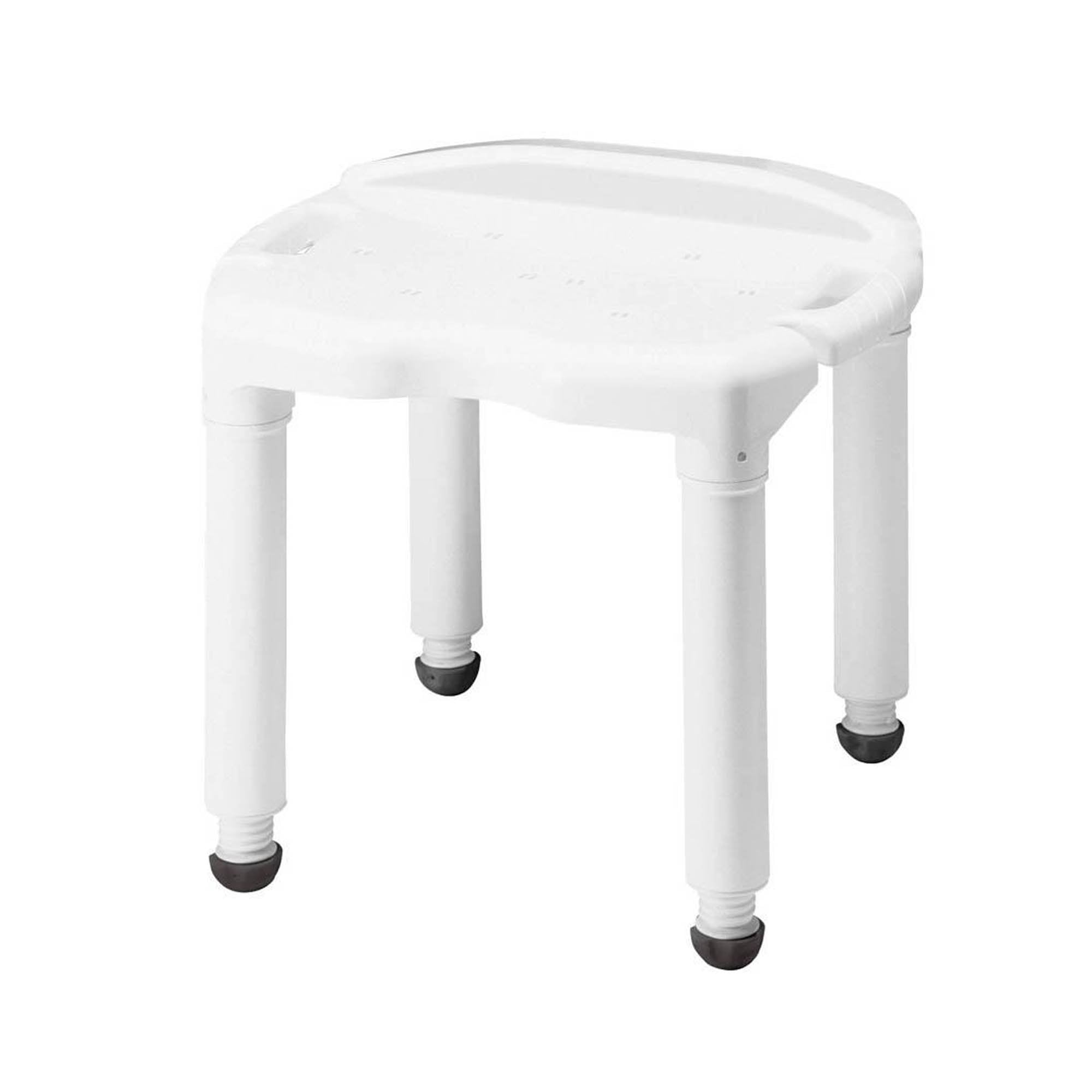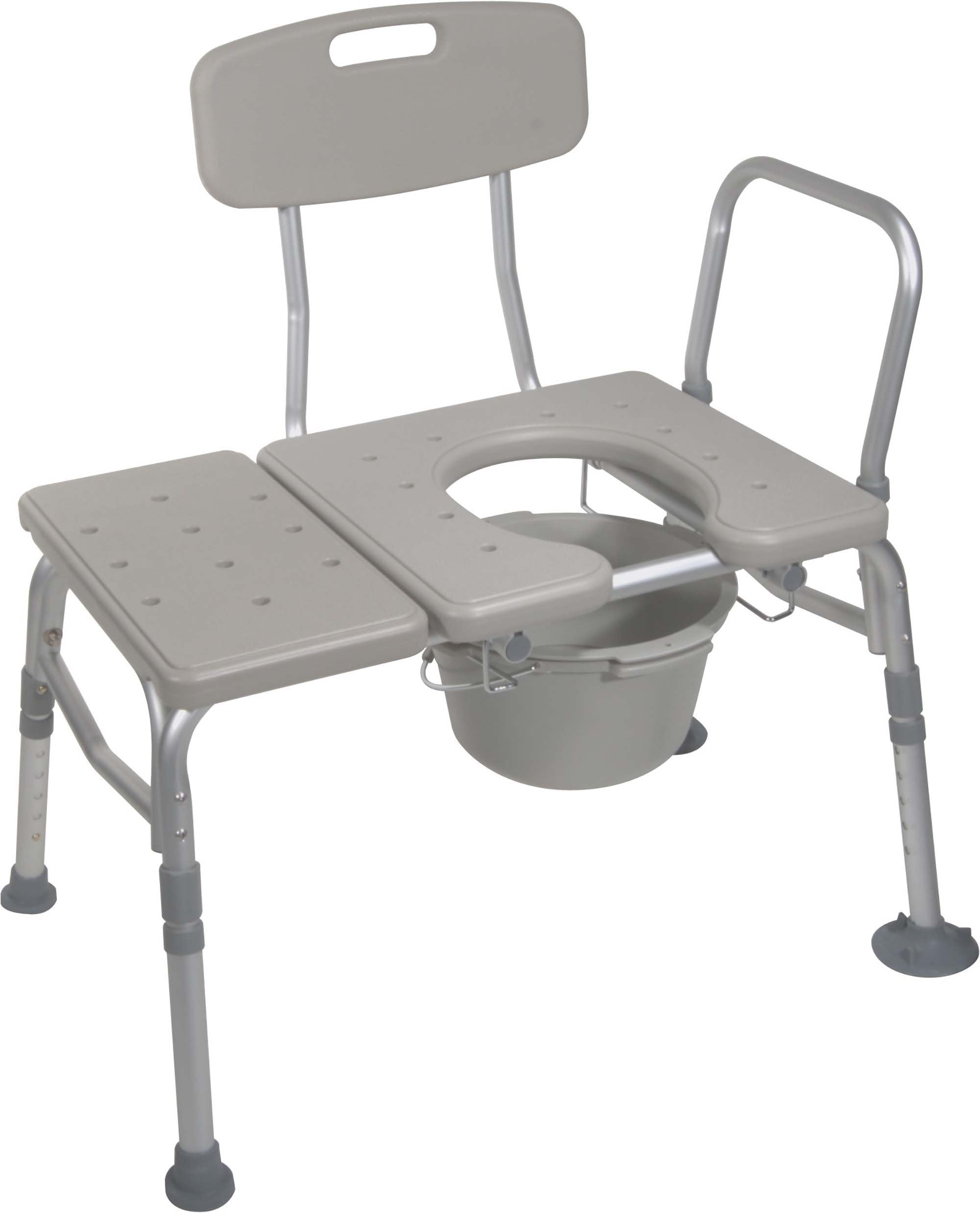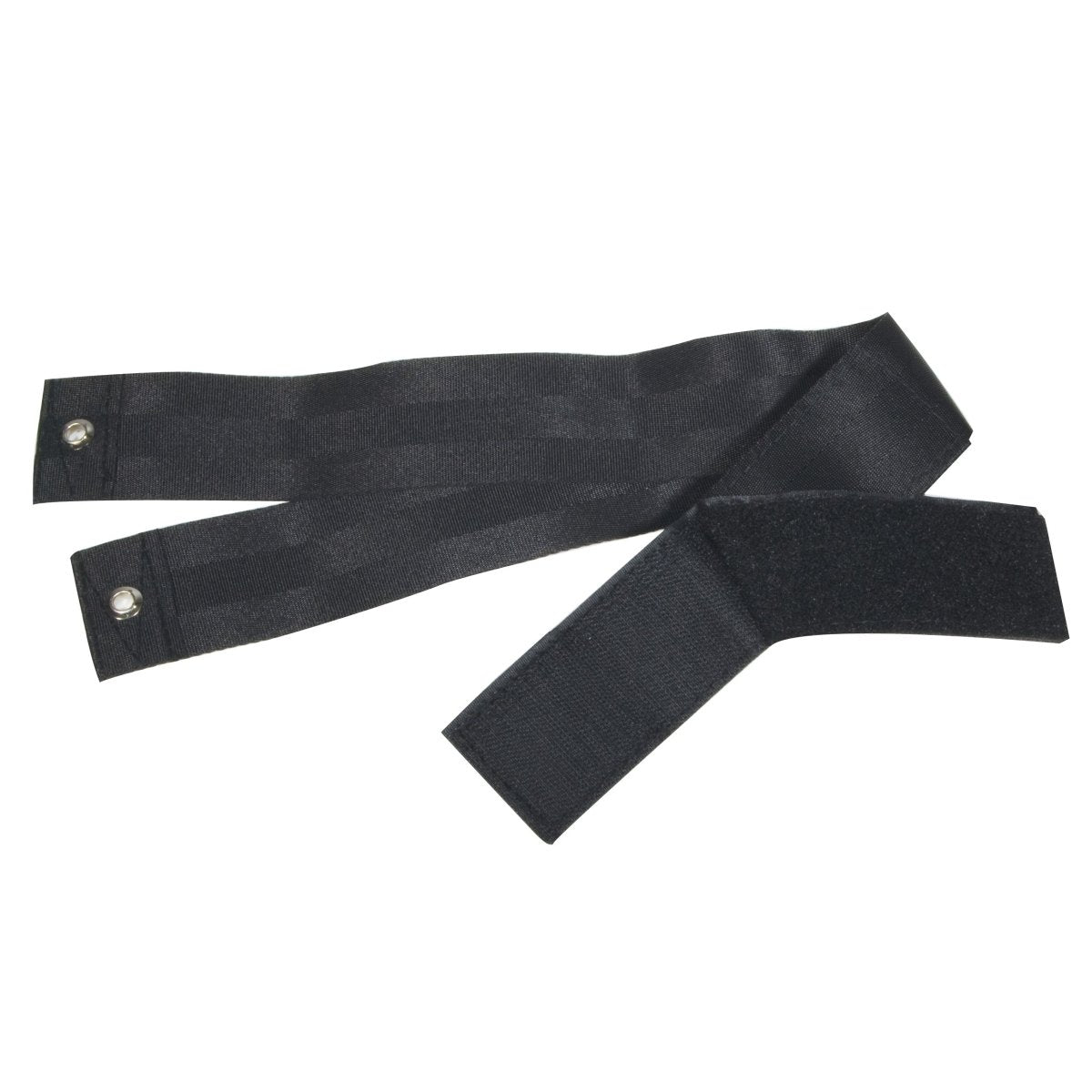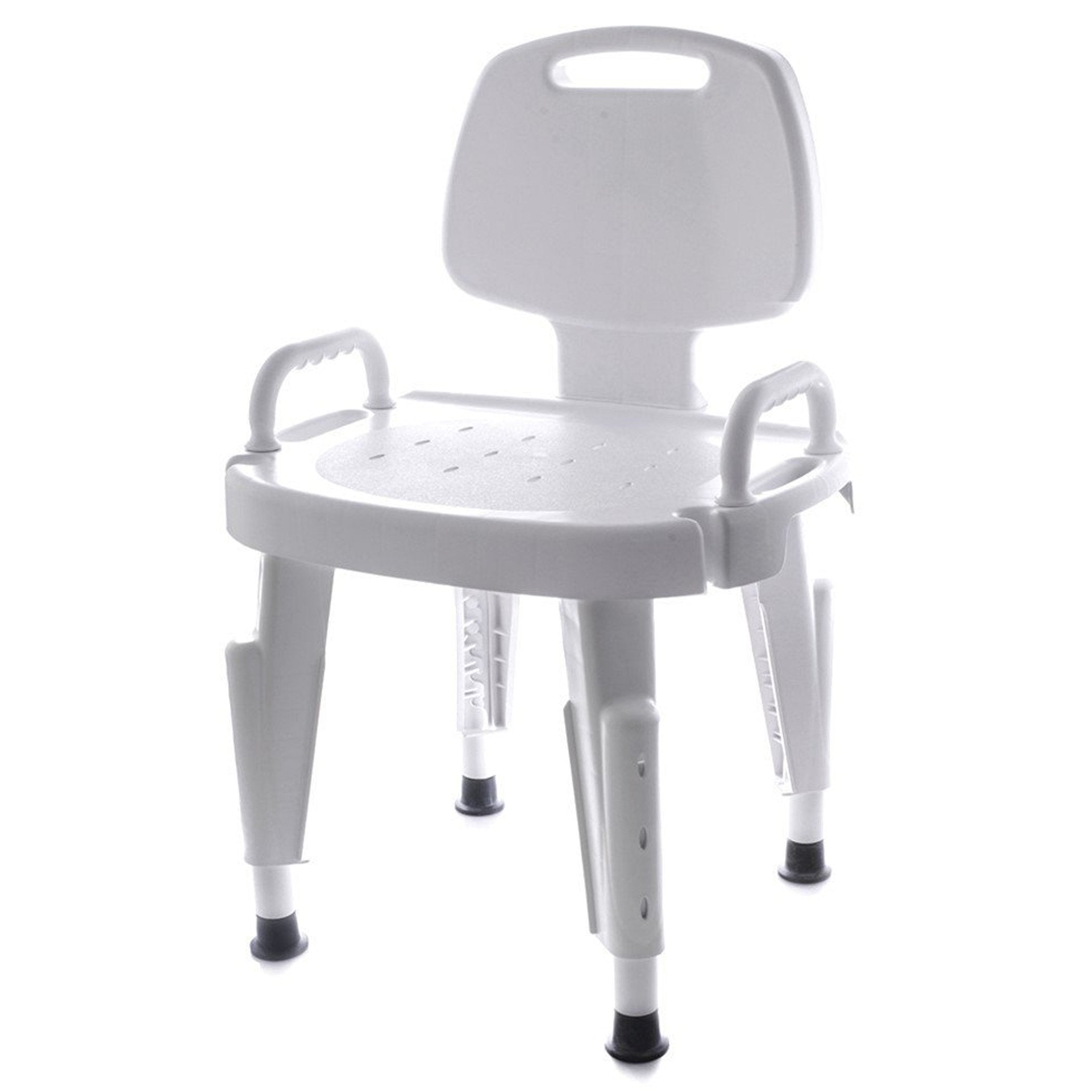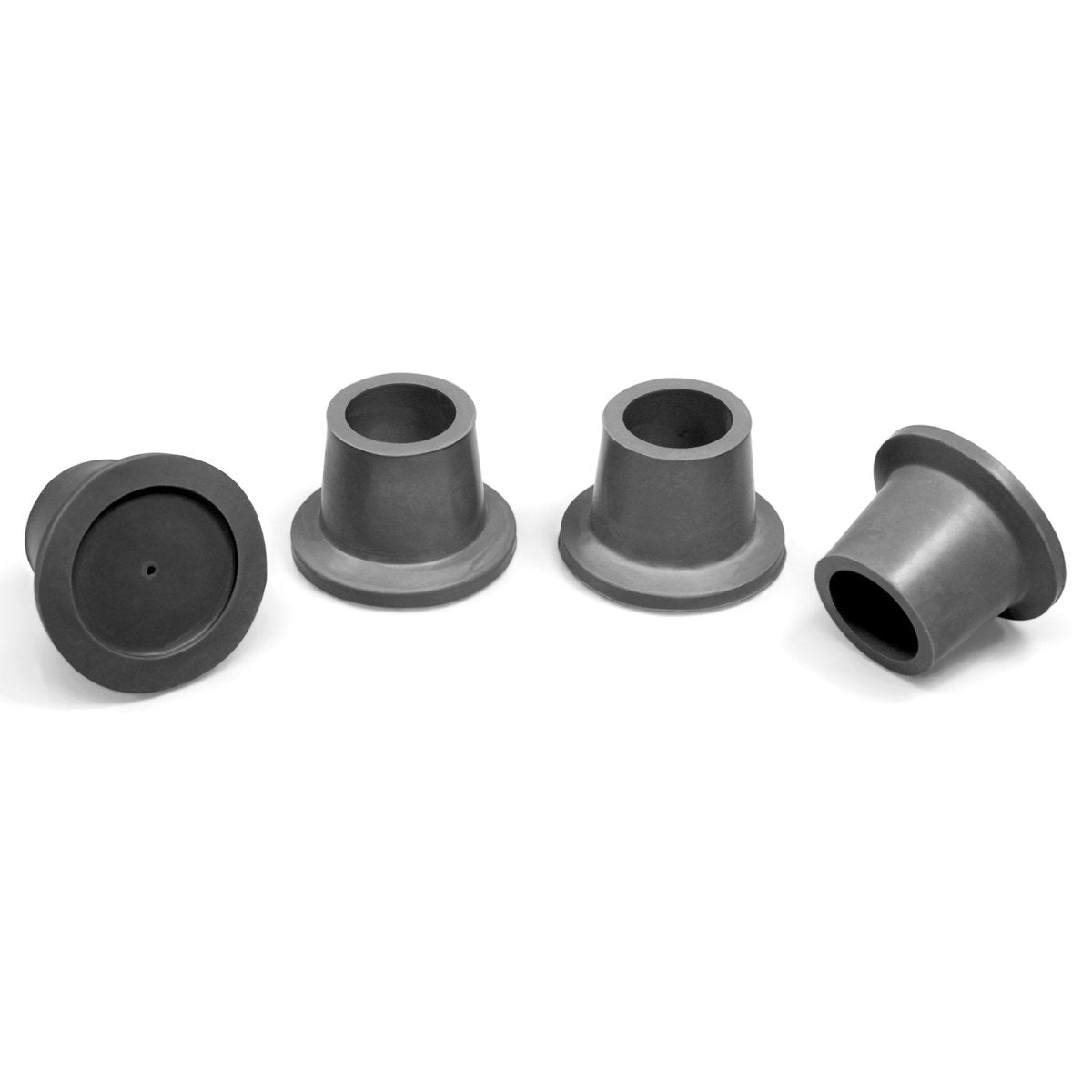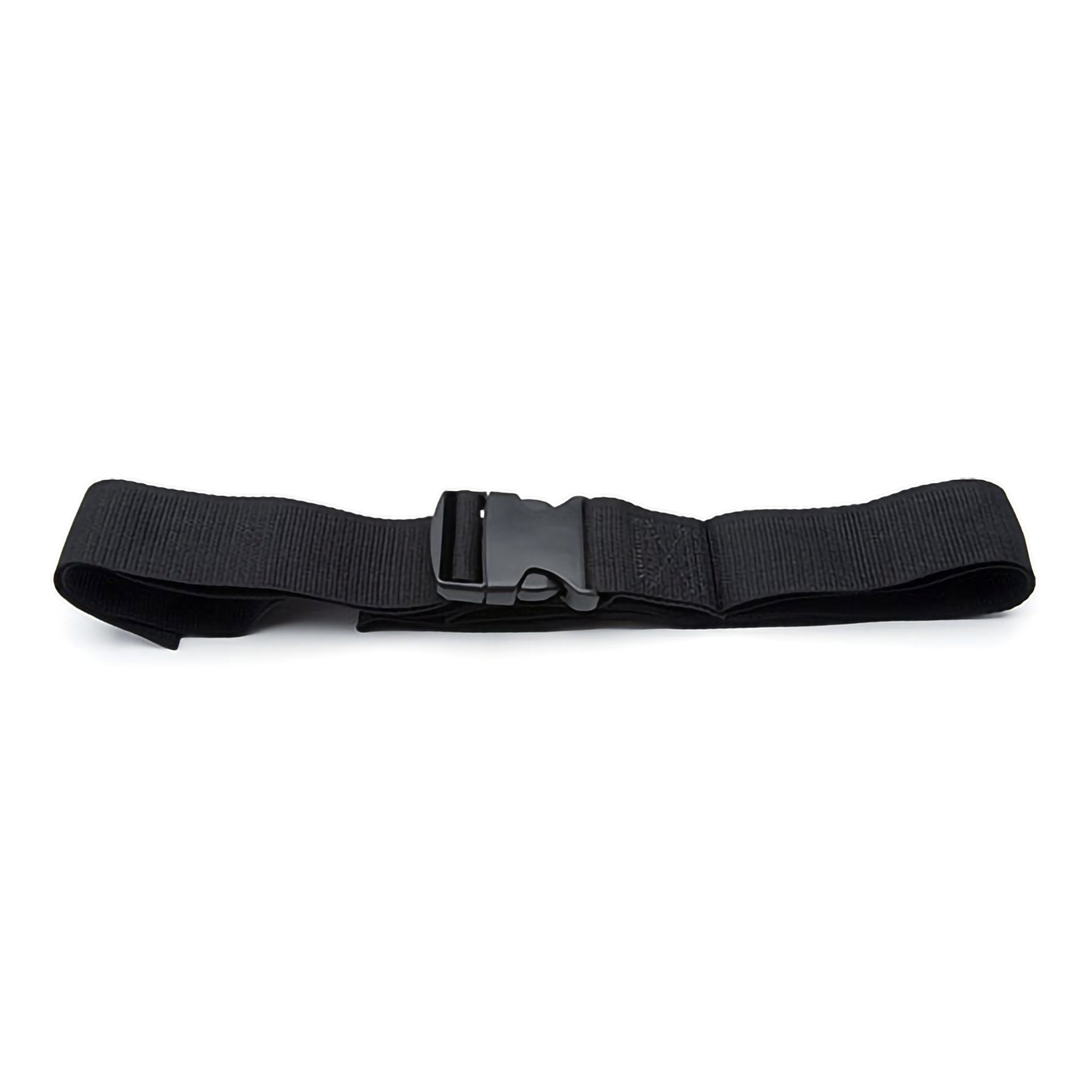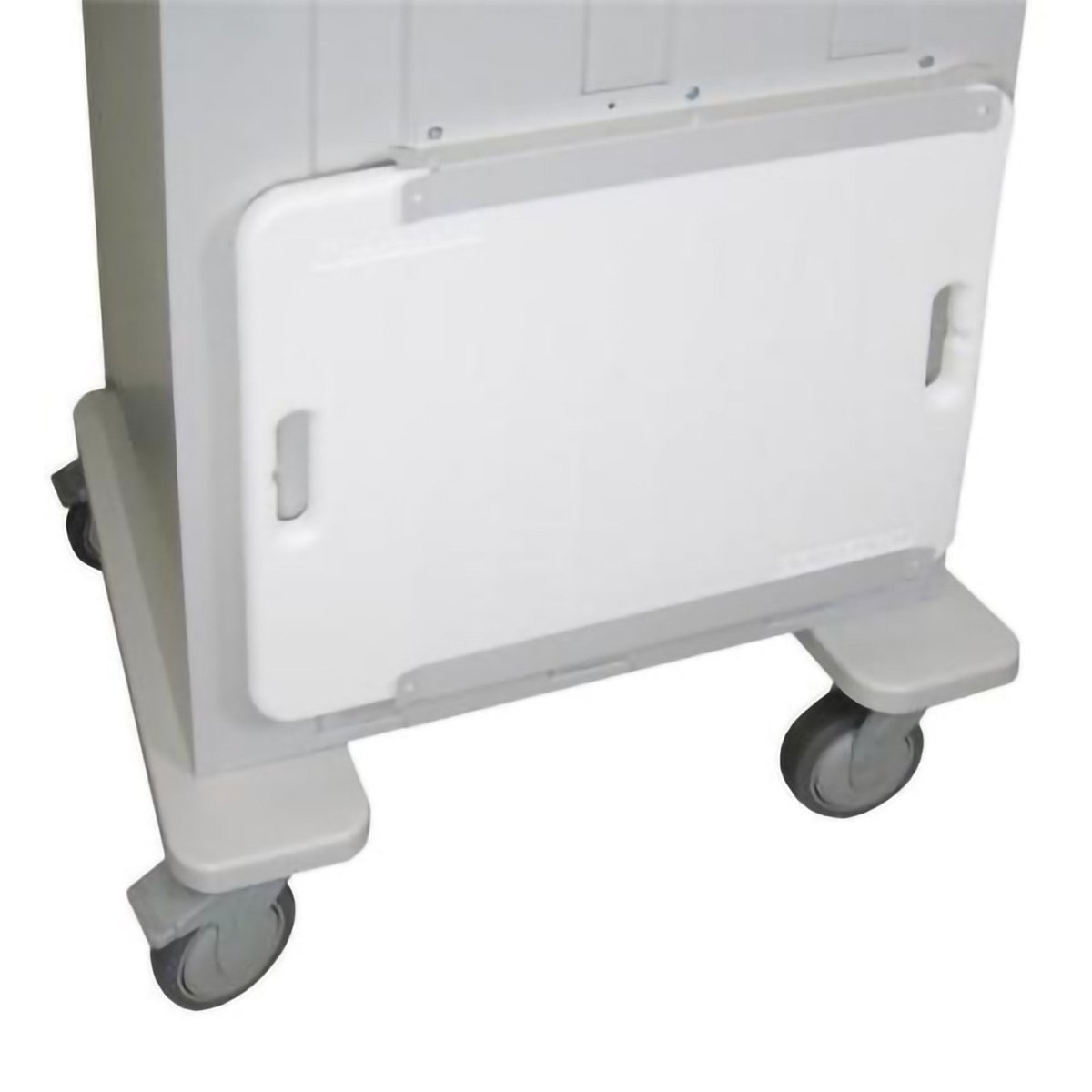Patient lifting devices for healthcare settings
Medical transfer equipment plays a crucial role in ensuring the safe and efficient movement of patients within healthcare facilities. From hospitals and clinics to nursing homes and rehabilitation centers, these specialized devices are designed to assist healthcare providers in transferring patients from one location to another, while prioritizing patient comfort and safety.
Transfer boards for seamless patient movement
Medical transfer equipment encompasses a wide range of tools and devices, each serving a specific purpose. One important piece of equipment is the patient transfer board. These boards are designed to facilitate smooth transfers between beds, stretchers, and examination tables. With their smooth surfaces and ergonomic handles, transfer boards minimize friction and strain on both patients and caregivers during the transfer process.
Patient lift options for different scenarios
Another vital category of medical transfer equipment is patient lifts and hoists. These devices are especially useful when patients have limited mobility or require assistance in moving from a bed to a chair or vice versa. Patient lifts and hoists utilize sturdy frameworks and secure slings to lift and support patients, ensuring their safety while reducing the physical strain on healthcare providers.
Additionally, medical transfer equipment includes items such as transfer belts, slide sheets, and transfer discs. Transfer belts, also known as gait belts, provide stability and support during ambulation, allowing healthcare providers to assist patients in walking or transferring to different surfaces. Slide sheets are used to reduce friction and facilitate smooth transfers between surfaces, while transfer discs offer a pivoting mechanism that aids in rotating patients with minimal effort.
Improving caregiver efficiency with transfer tools
Medical transfer equipment is a vital component of patient care, enabling healthcare providers to safely and efficiently transfer patients within healthcare settings. These specialized tools, including patient transfer boards, lifts and hoists, belts, slide sheets, and transfer discs, enhance patient comfort while reducing the risk of injuries to both patients and caregivers. By investing in high-quality medical transfer equipment, healthcare facilities can improve patient mobility, maintain a safe environment, and provide compassionate care for those in need.
Frequently Asked Questions about Transfer Equipment
Do you still have questions about Transfer Equipment?
If we still haven't answered your question, you can contact us by phone or email and we will get back to you as soon as possible.

